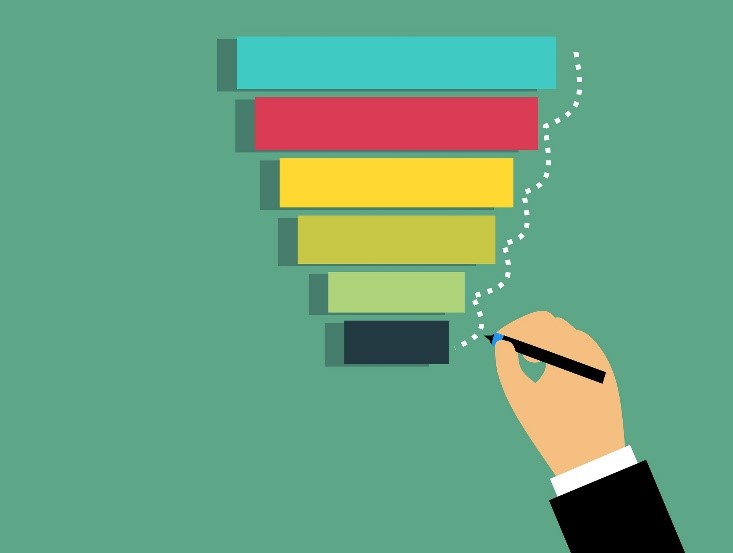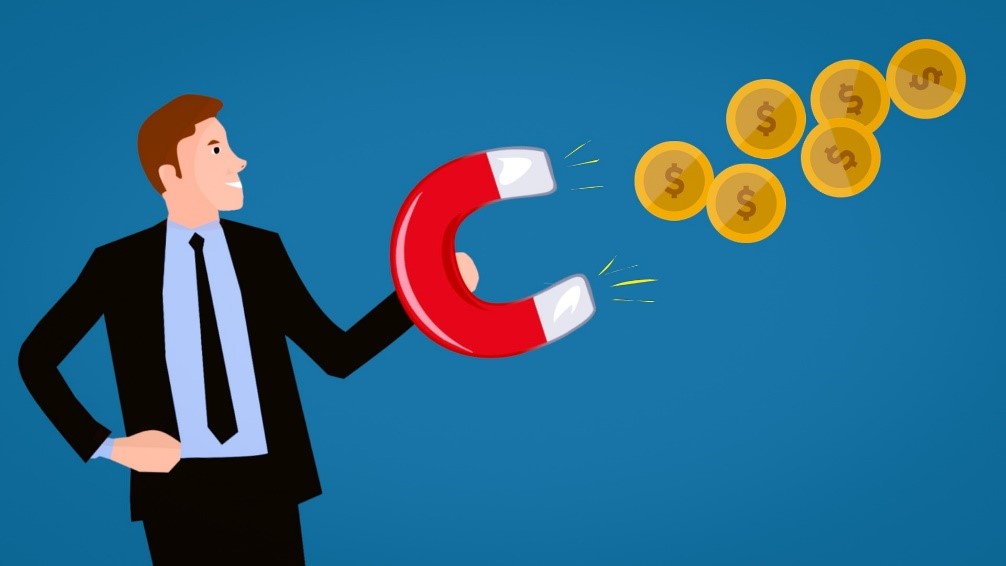When we own a business, keeping up to date and innovative with our sales techniques is incredibly critical for longevity and overall success. There are so many methods out there, it can be difficult to narrow down what is right for us. After all, sales have been happening for centuries.
This rich history means that there is certainly a precedent for the development of all these different techniques. However, which ones really rise to the top? It is hard to answer this question, but I will do my best in this article. I will be focusing on marketing funnels, as I believe they are an effective technique for generating leads and retaining consumers to ensure a thriving and happy company.
What are Marketing Funnels?
The world itself may not immediately evoke images of business or marketing. Maybe you think of a laboratory or a kitchen. This is where the physical equipment may be used, but in the business world, they are quite different.
In this sense, they are the process a customer goes through on the journey to eventually purchasing a product. It can highlight the different ways in which they “fall out” of this cycle and help you to understand what may be hampering your business. There are a few different types, and you can find more details about them on this page if you are curious.
Lead Magnet
I begin with this type because it is the simplest one to execute and quite popular. You may have heard it called the “free sample” funnel before, because that is the attractor in this case. The end goal in this case is typically to connect a customer to your email subscriptions.
You do this by offering something for free in return for a sign up. This can take many forms – a sample of your product, a newsletter, a cheat sheet – etc. By establishing this connecting and giving, the customer is more likely to take in return and provide their contact details.
Once you have their details, sending out marketing emails is the next part of the pathway. Ideally, a consumer will proceed to read more information about the products in question and then eventually purchase. Usually, this tactic is more effective for affordable products versus expensive ones.
The Product Launch
This technique is just about what it sounds like. It is when you reach out to customers long before a product actually launches – sometimes months in advance. Generally, you should offer a limited time deal for pre purchases.
This is a great way to build up excitement and hype for what you have created. Creating anticipation, and making customers feel like there are a limited number of items can convince them to make a purchase. Try to make a sense of scarcity around the launch to really get people’s attention.
The Cancellation
I am choosing to discuss this method because it often goes ignored despite its effectiveness. Obviously, you can employ any of the funnels that I have described above – if you are curious about them, you may want to look at examples to get an idea of how you can proceed.
The goal of the cancel funnel is to prevent customers from cancelling a service, returning a product, or getting a refund. You can approach it in a variety of ways. One that I find easy to do is to create a customer experience survey and a survey link sent to anyone thinking of a return or refund.
Ultimately, you should attempt to discover the root of the problem with what you have sold to them. They may be confused by some features or not fully understand what it can do. Their own priorities may have changed. If they are insistent, you could consider trying to exchange the product for another one.
The Webinar
This approach has gained a lot of popularity in the past two years because many of us have been confined to our homes and can not go to stores in person. Additionally, they are a good choice for e commerce companies, since it gives you a greater outreach to potential clientele.
Generally, these happen in two phases. The first one is the presentation itself. Here, you should offer useful advice and information to your viewers. Hosting these events live is the best strategy, but you could try it via pre recording footage if you were so inclined.
After that phase is complete, you move on to the sales portion. Again, try to create a sense of scarcity or urgency by telling your viewers that they will get a limited discount for attending the webinar – something like that can inspire more sales!
The Free Consultation
This is the final process I will describe today, as I find it works well for my business. It is good for a company that offers packages with a variety of products or services. For example, if you have a fitness brand, you may want to begin with offering a free coaching session to consumers.
This will get them interested in what you have to sell them. Give them little bits of information up front, then after the session is complete, send them follow up materials like emails or letters that tell them how they can continue their journey – the products they can purchase from you. It is an effective way to reel in customers and retain them in the long term as well.
Final Thoughts
Obviously, I did not describe every type of funnel in this article. There are so many out there it is almost impossible to discuss all of them in one place. Many of these techniques can be combined in some form for even more success.
The important thing is to learn how to apply them to your company. Each business will require some personalization for their marketing, as they sell unique items and offer unique services. Assemble a team or assign someone who can handle research for you! Best of luck as you pursue these methods!








